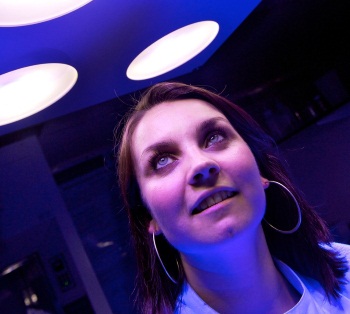An intensive care ward at Glasgow Royal Infirmary is trialling a lighting system that has been designed to kill superbugs including MRSA, E. coli and C. diff.
The HINS-light system, which has been developed by the University of Strathclyde, is claimed to decontaminate air and exposed surfaces by bathing them in a narrow spectrum of visible-light wavelengths. The system was initially trialled on isolation units in the same hospital in 2010 and a press release by the hospital said the study showed that it provided 'significantly greater reductions of bacterial pathogens in the hospital environment than can be achieved by cleaning and disinfection alone'.

Dr Michelle Maclean, who is working on the trial, told www.strath.ac.uk: "The clinical trials have shown that the technology can help prevent the environmental transmission of pathogens and thereby increase patient safety.
"While HINS-light is deadly to pathogens – such as Methicillin-resistant Staphylococcus aureus, or MRSA, and Clostridium difficile, known as C.diff – it is harmless to patients and staff and will allow hospitals to continuously disinfect wards and isolation rooms."
The HINS-light emits light at 405 nanometres, a short wavelength which is slightly longer than ultraviolet but, unlike ultraviolet, is still?visible to the human eye. The system therefore has a violet hue but the research team has used a combination of LED technologies to produce a warm white lighting effect that can be used alongside normal hospital lighting.
This is not the first time that a medical research team has used certain wavelengths of light to control bacteria. In 2000, an independent research study performed by the Imperial College of Science Technology and Medicine at Hammersmith Hospital in London determined that phototherapy with mixed wavelengths of blue and red light was an effective means of treating the bacteria that cause acne.
The Glasgow trial is being led by professor Scott MacGregor and colleagues from the University of Strathclyde in collaboration with academics, clinicians and infection control experts from NHS Greater Glasgow & Clyde, and Glasgow Caledonian University. It was developed in The Robertson Trust Laboratory for Electronic Sterilisation Technologies.?HINS-light was named Research Project of the Year in the Times Higher Education Awards in 2011.





